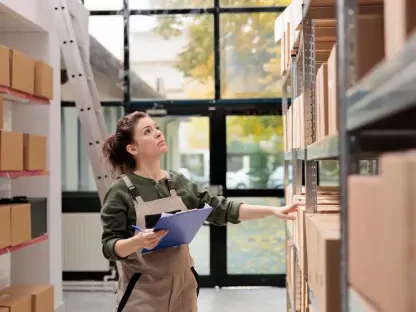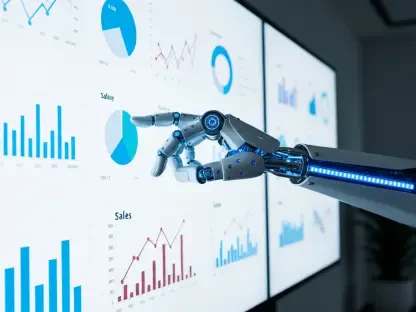Retailers are continually seeking innovative ways to create a seamless shopping experience that bridges the digital and physical realms, ensuring customer satisfaction and loyalty. The integration of geolocation technology in retail settings has emerged as a game-changer, offering a cohesive and efficient shopping journey that mirrors the convenience of online shopping within physical stores. This advancement in technology has provided retailers with the tools to connect with consumers on multiple fronts, enhancing personalization, operational efficiency, and security measures.
Geolocation technology brings the ease of digital shopping to brick-and-mortar environments by enabling personalized and timely marketing and mapping efforts. For instance, customers can be notified of special deals or new products as they enter a store, tailored according to their preferences and previous shopping behavior. This level of personalization not only improves the customer’s shopping experience but also drives engagement and sales. Additionally, geolocation technology helps in efficiently guiding customers through stores by providing detailed maps, thus reducing the time and effort spent on finding products.
Real-world case studies demonstrate the practical applications and benefits of integrating geolocation technology into retail. Industry experts, like Nick Patrick, CEO of Radar, emphasize how this technology bridges the gap between physical and digital shopping environments. By leveraging geolocation, retailers can enhance their marketing strategies, streamline in-store operations, and significantly reduce fraud. The location data allows for better inventory management and customer flow analysis, ensuring that stores are adequately stocked and staffed to meet consumer demand. Furthermore, geolocation can provide critical insights into customer behavior, helping retailers to anticipate needs and refine their offerings.
The transformational impact of geolocation on the retail experience cannot be overstated. It allows retailers to create a more interconnected and responsive environment that aligns with modern consumer expectations for convenience and personalization. As this technology continues to evolve, it is set to revolutionize the retail industry, making shopping more efficient, enjoyable, and secure for customers while providing tremendous value to retailers in terms of data analytics and operational improvements. By embracing geolocation, retailers can remain competitive and relevant in today’s fast-paced market, meeting the ever-changing needs of their customers.









